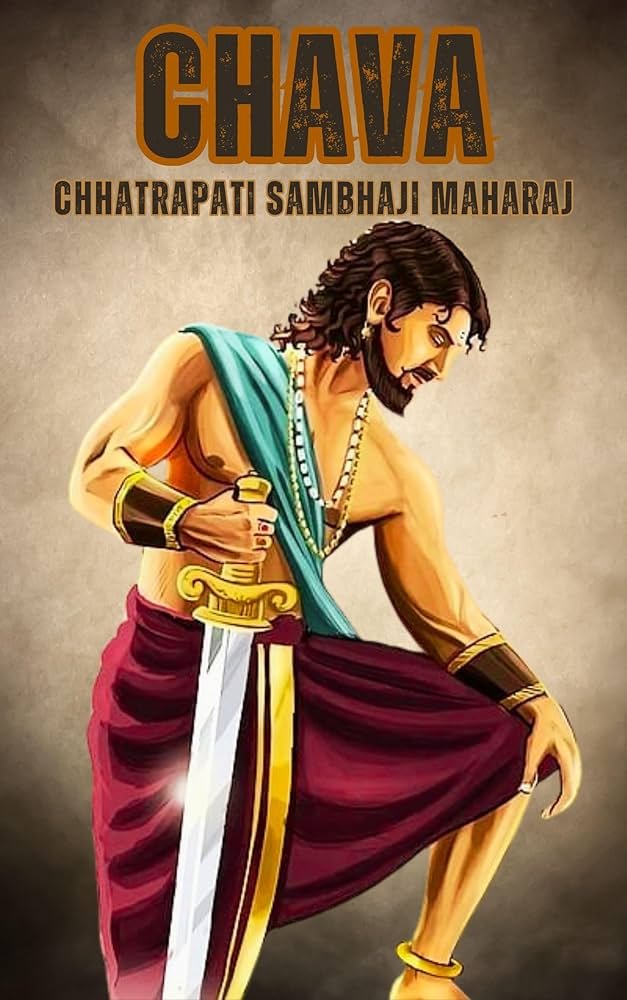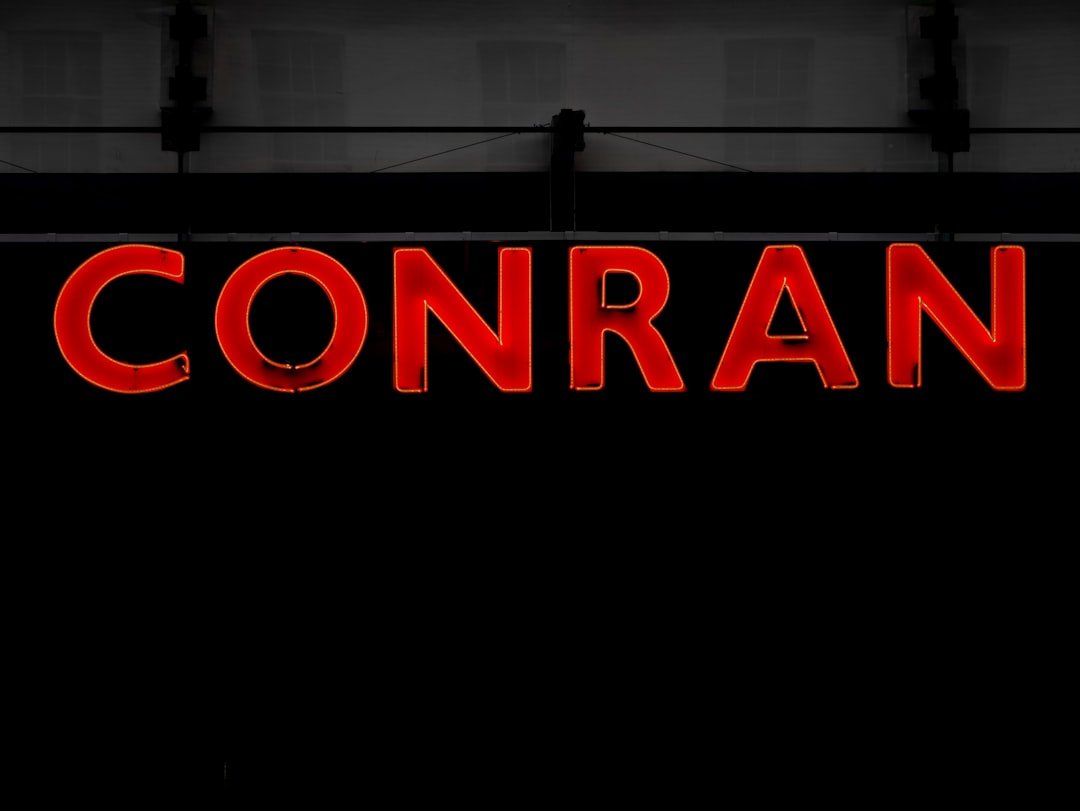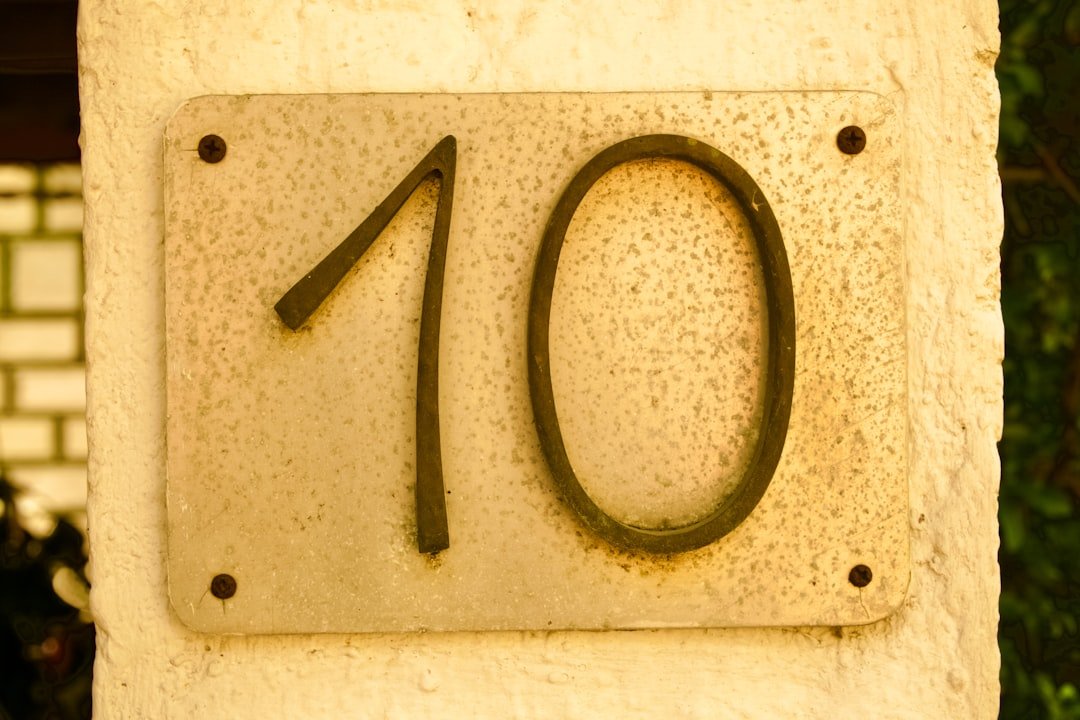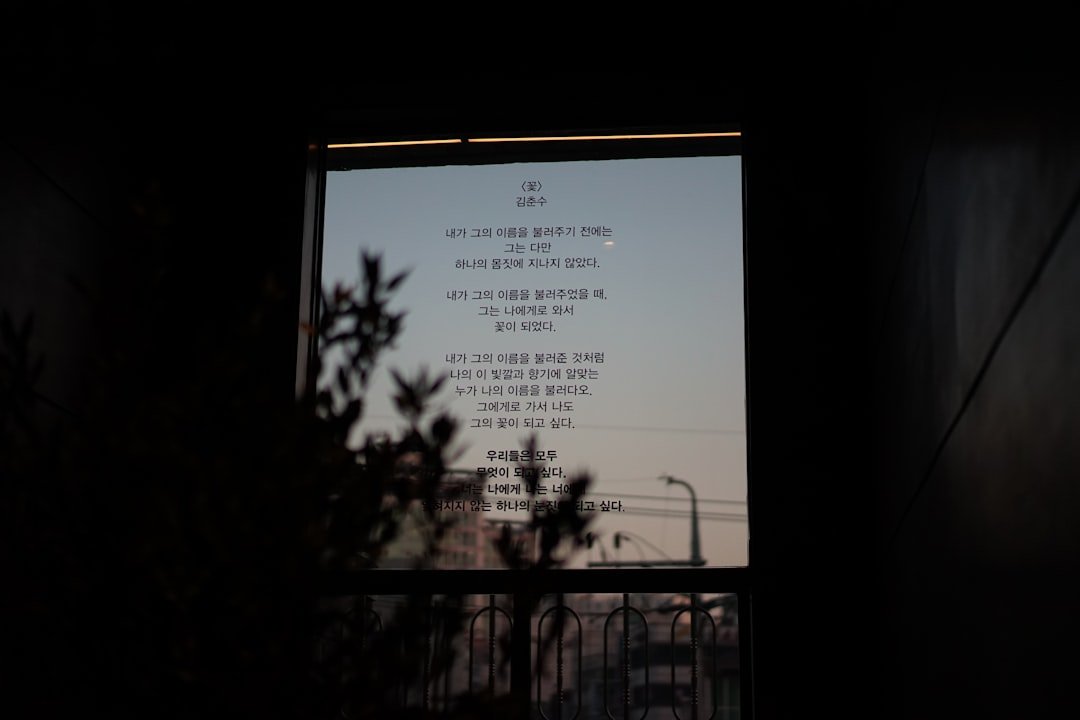
1. What is the movie Chaava about?
Chaava is a historical film based on the life of Chhatrapati Sambhaji Maharaj, the son of Chhatrapati Shivaji Maharaj. The movie explores his valor, leadership, struggles, and ultimate sacrifice for Swarajya.
2. Who was Chhatrapati Sambhaji Maharaj?
Chhatrapati Sambhaji Maharaj (1657–1689) was the second ruler of the Maratha Empire and the eldest son of Chhatrapati Shivaji Maharaj. He was known for his military brilliance and resistance against the Mughal Empire.
3. Who is playing the role of Sambhaji Maharaj in Chaava?
The role of Chhatrapati Sambhaji Maharaj in Chaava is played by Vicky Kaushal. His portrayal aims to bring out the courage, wisdom, and sacrifice of the great Maratha warrior.
4. Is Chaava based on a book?
Yes, Chaava is based on the famous Marathi novel Chhava by Shivaji Sawant. The book is a historical fiction account of Sambhaji Maharaj’s life, struggles, and legacy.
5. What were the major achievements of Sambhaji Maharaj?
- Successfully defended the Maratha Empire against the Mughal Emperor Aurangzeb for over nine years.
- Led several military campaigns, including battles against the Mughals, Siddis, Portuguese, and British.
- Strengthened the Maratha naval force and expanded the empire.
- Implemented strategic diplomacy and war tactics that challenged the mighty Mughal Empire.
6. How did Chhatrapati Sambhaji Maharaj die?
Sambhaji Maharaj was captured by the Mughal forces in 1689. He was brutally tortured and executed by Aurangzeb for refusing to convert to Islam. His unwavering loyalty to his people and dharma made him a martyr in Indian history.
7. How is Sambhaji Maharaj different from Chhatrapati Shivaji Maharaj?
While both were great warriors, Chhatrapati Shivaji Maharaj was the founder of the Maratha Empire, and Sambhaji Maharaj took over after his father’s death. Sambhaji had to fight more intense battles against Aurangzeb and faced internal betrayals, yet he upheld Shivaji Maharaj’s vision.
8. What challenges did Sambhaji Maharaj face during his rule?
- Constant wars with the Mughal Empire under Aurangzeb.
- Betrayal from his own court members, especially the influential Maratha leaders.
- Limited resources compared to the vast Mughal army.
- Political instability after Shivaji Maharaj’s death.
9. How is Chaava different from other historical movies?
Unlike previous films that focused on Chhatrapati Shivaji Maharaj, Chaava sheds light on the often-overlooked sacrifices and leadership of Chhatrapati Sambhaji Maharaj, making it a unique and powerful historical drama.
10. What is the significance of the title Chaava?
The word Chaava means “beloved” or “lion cub” in Marathi. It signifies the strong bond between Shivaji Maharaj and Sambhaji Maharaj and highlights his warrior spirit.
11. Why is Chhatrapati Sambhaji Maharaj considered a martyr?
He endured extreme torture and refused to betray his people or convert to Islam. His resistance against Aurangzeb’s forces made him a symbol of courage, patriotism, and dharma.
12. Will the movie Chaava be historically accurate?
The filmmakers have taken references from historical texts and Shivaji Sawant’s novel. While some cinematic liberties may be present, the core story of Sambhaji Maharaj’s bravery and sacrifice remains intact.
13. Where was Chaava filmed?
The movie was filmed in historical locations, including Maharashtra forts and battlefields, to recreate the grandeur of the Maratha Empire.
14. What lessons can we learn from Sambhaji Maharaj’s life?
- Leadership and resilience in the face of adversity.
- The importance of staying true to one’s values.
- Courage to fight for one’s beliefs and nation.
- Strategic thinking and warfare tactics.
Chhaava Movie and the Legacy of Chhatrapati Sambhaji Maharaj
1. When was the movie Chhaava released?
Chhaava was theatrically released on February 14, 2025, coinciding with Chhatrapati Shivaji Maharaj Jayanti on February 19, 2025.
2. Who are the main actors in Chhaava?
The film stars Vicky Kaushal as Chhatrapati Sambhaji Maharaj, Rashmika Mandanna as Yesubai Bhonsale, and Akshaye Khanna as Aurangzeb.
3. Who directed and produced Chhaava?
Chhaava was directed by Laxman Utekar and produced by Dinesh Vijan under Maddock Films.
4. Who composed the music for Chhaava?
The film’s music was composed by A. R. Rahman, with lyrics by Irshad Kamil and Kshitij Patwardhan.
5. When will Chhaava be available on OTT platforms?
Chhaava is expected to stream on Netflix after its theatrical run, typically within 45 to 60 days post-release.
6. What is the runtime of Chhaava?
The film has a runtime of 161 minutes and 50 seconds.
7. What is the significance of the title Chhaava?
The title Chhaava translates to “lion cub” in Marathi, symbolizing bravery and valor, attributes associated with Chhatrapati Sambhaji Maharaj.
8. How has Chhaava been received by audiences and critics?
The film has garnered positive reviews, with audiences praising its portrayal of historical events and performances.
9. Are there other films based on Chhatrapati Sambhaji Maharaj?
Yes, the Marathi-language film Shivrayancha Chhava (2024) also depicts the life of Chhatrapati Sambhaji Maharaj.
10. What were the major challenges faced during the production of Chhaava?
The production involved extensive research to authentically depict the 17th-century Maratha era, including sourcing period-accurate costumes and recreating historical artifacts.
Chhatrapati Sambhaji Maharaj – Life, Achievements, and Legacy
1. Why is Chhatrapati Sambhaji Maharaj called “Dharamveer”?
Sambhaji Maharaj is called Dharamveer because he chose to endure brutal torture rather than convert to Islam under Mughal Emperor Aurangzeb. His unwavering faith and commitment to Hindu Dharma made him a symbol of religious perseverance.
2. What were the major battles fought by Chhatrapati Sambhaji Maharaj?
Sambhaji Maharaj fought several important battles, including:
- The Battle of Burhanpur (1681) – A surprise attack against the Mughals.
- Defense against the Mughal invasion of Deccan (1681-1689).
- Wars against the Portuguese in Goa and the Siddis of Janjira.
- Continued Maratha resistance against Aurangzeb.
3. What was Sambhaji Maharaj’s role after Shivaji Maharaj’s death?
After Chhatrapati Shivaji Maharaj’s death in 1680, Sambhaji had to face internal conspiracies, including betrayal by his stepmother Soyarabai. He successfully ascended the throne and carried forward his father’s legacy of Swarajya while defending the Maratha Empire against the Mughals.
4. What were the reforms introduced by Chhatrapati Sambhaji Maharaj?
- Strengthening of Maratha naval power.
- Strategic alliances with different kingdoms to counter the Mughals.
- Use of guerrilla warfare tactics to weaken enemy forces.
- Encouragement of literature, art, and Sanskrit scholarship.
5. How did Sambhaji Maharaj get captured by Aurangzeb?
In 1689, Sambhaji Maharaj was betrayed by his own commander, Ganoji Shirke, and was captured by the Mughal forces at Sangameshwar. He was tortured for days and eventually executed by Aurangzeb for refusing to convert to Islam.
6. What was the impact of Sambhaji Maharaj’s death on the Maratha Empire?
His death enraged the Marathas, leading to intensified resistance against the Mughal rule. Under the leadership of Rajaram Maharaj and later Peshwa Baji Rao, the Marathas continued their fight, eventually leading to the downfall of Mughal dominance in India.
7. What were the last words of Chhatrapati Sambhaji Maharaj?
Historical accounts suggest that before his execution, Sambhaji Maharaj bravely declared that he would rather die than convert, saying:
“If my body perishes, I shall take birth again and again to destroy your kingdom.”
8. Why did Aurangzeb fear Chhatrapati Sambhaji Maharaj?
Aurangzeb considered Sambhaji Maharaj his biggest challenge in the Deccan region. Despite being outnumbered, Sambhaji’s tactical warfare and resistance prevented the Mughals from fully conquering the Maratha Empire.
9. What is the significance of Fort Raigad in Sambhaji Maharaj’s life?
Raigad Fort was the capital of the Maratha Empire during Sambhaji Maharaj’s reign. It was where he ascended the throne and took the oath to continue the fight for Swarajya.
10. What books are written on Chhatrapati Sambhaji Maharaj?
Some popular books on Chhatrapati Sambhaji Maharaj include:
- Chhava by Shivaji Sawant – A historical novel based on his life.
- Sambhaji by Vishwas Patil – A detailed account of his battles and sacrifices.
- Dharamveer Sambhaji by Babasaheb Purandare – A historical research book on his contributions.
11. What are some famous quotes or slogans related to Sambhaji Maharaj?
- “Swarajya Rakshak Dharamveer Sambhaji Maharaj Ki Jai!”
- “I will not bow before an enemy, even in death!”
- “My head will fall, but my religion will not!”
12. How is Chhatrapati Sambhaji Maharaj remembered today?
Sambhaji Maharaj is honored across Maharashtra with memorials, forts, and annual tributes on Sambhaji Maharaj Balidan Din (March 11). His bravery is taught in schools, and his legacy is celebrated in various cultural programs.
13. How did Chhatrapati Sambhaji Maharaj contribute to literature?
Sambhaji Maharaj was a scholar and a poet. He was fluent in multiple languages, including Sanskrit, Marathi, and Persian. He wrote Buddhabhushanam, a Sanskrit treatise on politics and governance.
14. Which forts were significant during Sambhaji Maharaj’s rule?
Important forts during his reign included:
- Raigad Fort – His capital and administrative center.
- Panhala Fort – A crucial defense fort against Mughals.
- Vishalgad Fort – A key stronghold in the Maratha resistance.
- Sinhagad Fort – Used for strategic operations against Mughal forces.
15. How did Chhatrapati Sambhaji Maharaj influence later Maratha rulers?
His resistance against the Mughals inspired later Maratha leaders like Peshwa Baji Rao and Chhatrapati Shahu Maharaj, who carried forward the Maratha expansion and laid the foundation for the Maratha Empire’s peak.







